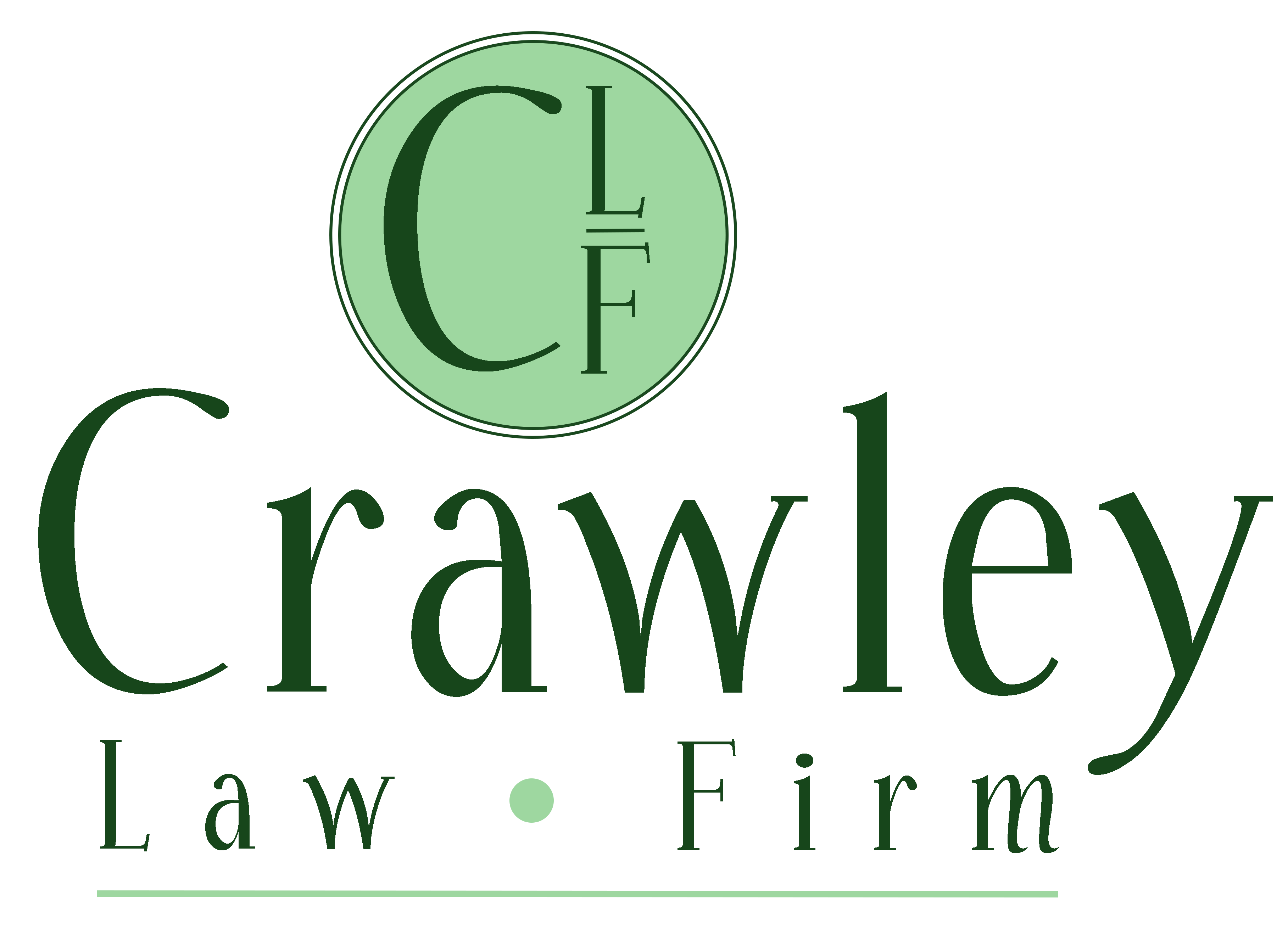What is Chapter 13 Bankruptcy?
Chapter 13 bankruptcy, often referred to as a “wage earner’s plan,” enables individuals with regular income to develop a repayment plan. Chapter 13 allows you to retain your property while paying creditors over time. This approach is ideal for those who have fallen behind on mortgage payments or face substantial unsecured debts. Chapter 13 provides a structured repayment plan and at Crawley Law Firm, we specialize in guiding you through this intricate process from start to finish.
Chapter 13 Process Steps
The Chapter 13 bankruptcy process includes several steps:
- Filing a petition with the bankruptcy court.
- Submitting required financial documents.
- Attending the bankruptcy trustee meeting (341 meeting).
- Developing and confirming a repayment plan.
- Making payments per the agreed schedule.
- Receiving a discharge upon successful completion.
Each step involves specific requirements, and working with our knowledgeable attorney can streamline the process.
Bankruptcy Repayment Plan
Your repayment plan is the cornerstone of Chapter 13 bankruptcy. It outlines how you’ll repay debts over three to five years, prioritizing secured debts like mortgages and car loans. The plan must also allocate disposable income toward unsecured debts, ensuring fair treatment for creditors.
Chapter 13 Timeline Overview
The process typically unfolds as follows:
- Weeks 1-2: Filing and automatic stay initiation.
- Weeks 3-5: Attendance at the 341 meeting.
- Months 1-2: Confirmation of the repayment plan.
- Years 3-5: Plan execution with monthly payments.
- Final Month: Discharge and case closure.
Filing Deadlines for Chapter 13
Timeliness is critical in Chapter 13 cases. Missing deadlines for filing forms, submitting a repayment plan, or attending hearings can result in case dismissal. It’s essential to keep track of the court’s deadlines to avoid setbacks.
Chapter 13 Payment Schedule
The payment schedule typically begins 30 days after filing. Payments are made to the bankruptcy trustee, who distributes funds to creditors. Staying current on payments is vital to avoid plan failure.
Bankruptcy Trustee Meeting
The 341 meeting allows creditors and the trustee to review your repayment plan and financial documents. This non-adversarial meeting provides an opportunity to clarify your financial situation and ensure compliance.
Bankruptcy Court Hearings for Chapter 13
Court hearings, including the plan confirmation hearing, are essential steps in the process. These hearings ensure your repayment plan meets legal requirements and adequately addresses creditor claims.
Chapter 13 Repayment Duration
Repayment plans typically last three to five years, depending on your income and financial situation. Factors such as plan modifications or missed payments can affect this timeline.
Discharge Timeline for Chapter 13
The discharge process begins after completing the repayment plan. This discharge eliminates remaining eligible debts, providing a fresh financial start.
Chapter 13 Completion Process
Upon making your final payment, the trustee files a discharge request. Ensure all conditions are met, including any required financial management courses, to complete your case successfully.
Common Challenges in Chapter 13
Missed payments, unforeseen expenses, or plan modification requests can complicate the process. It’s essential to address these challenges promptly with your attorney.
Tips for Staying on Track During Chapter 13
- Create a realistic budget to accommodate repayment plan obligations.
- Communicate regularly with your attorney and trustee.
- Avoid incurring new debts during the repayment period.
Guiding You Through the Chapter 13 Bankruptcy Journey
Navigating the Chapter 13 bankruptcy timeline can feel overwhelming, but with proper guidance, it leads to a brighter financial future. At Crawley Law Firm, we’re here to simplify the process and support you every step of the way.

